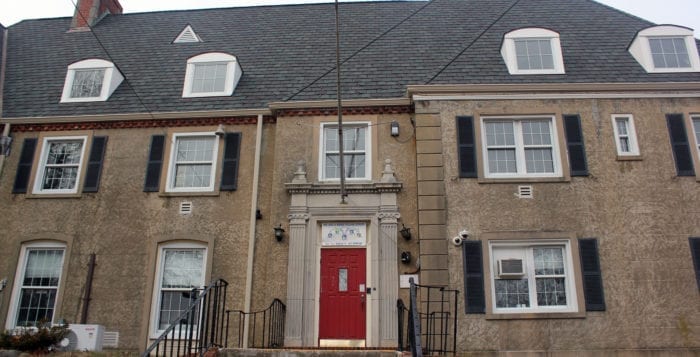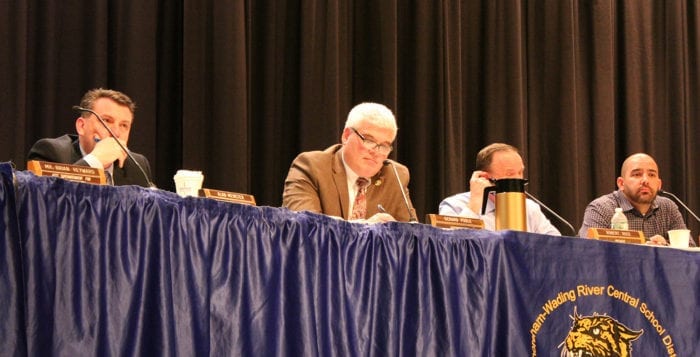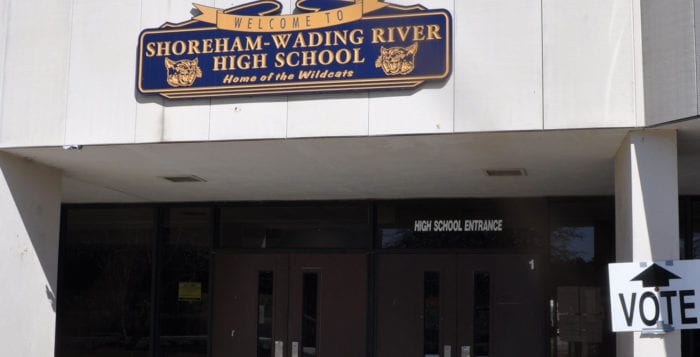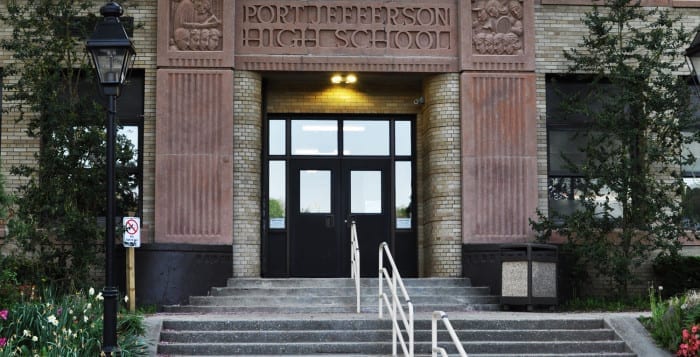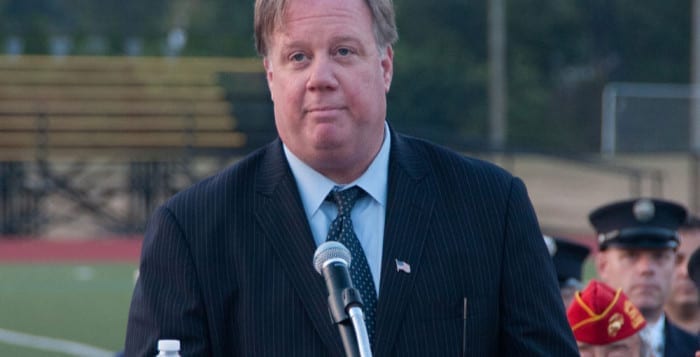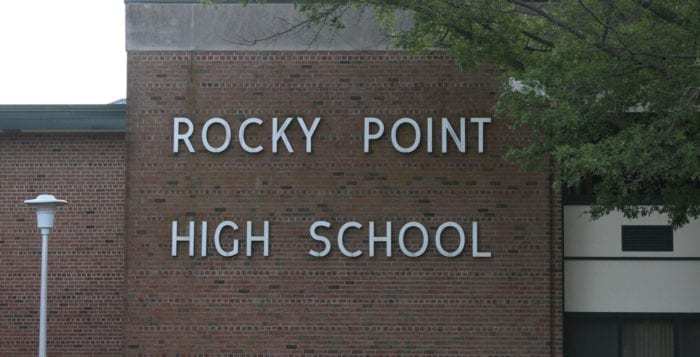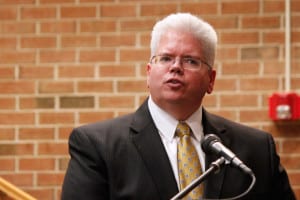Residents have found their choices have narrowed regarding the historic Briarcliff property.
At a meeting at Shoreham-Wading River High School April 11, board members sat at multiple tables with groups of community members to engage in discussions on whether to keep or sell the 10.54-acre property.
“How much do you want to do to maintain it?” Shoreham resident Lisa Geraghty asked.
Briarcliff Elementary School closed its doors in 2014. Since then, the district has had to pay for ongoing operating costs — currently $95,000 annually.
“If you were to talk about any appraisal figures that might have been provided, it undermines the opportunity of what the potential sale is.”
— Glen Arcuri
The district originally came up with several ideas for the future use of the building, like having BOCES lease it, relocating the central office there or establishing prekindergarten classes in the space. Eastern Suffolk BOCES has officially stated it does not need to lease a building, and the district said there is no immediate need to relocate its central office. After residents spoke at the March 27 meeting, it was also decided that pre-K was a rejected addition to the proposed budget.
At prior meetings when the future of the Briarcliff property was brought up, community members came forward with ideas to create special education, STEM or art programs there or relocate the North Shore Public Library to the site to expand space at the high school. The additional space is not needed, and the other options were also turned down, according to the district.
“Part of the issue is the North Shore Public Library is not just Shoreham-Wading River’s library, so it needs to be visible for other people in the local community,” school trustee Erin Hunt said.
If the district were to sell it, the actual value of the property cannot accurately be determined, according to Glen Arcuri, assistant superintendent for finance and operations.
“At this time as the appraisal company said, there’s no [comparison] to a 10.9-acre property in the Village of Shoreham that you’re really able to compare to, so they could give you a price based on square footage or acreage, but the real question is going to be on the buyer,” Arcuri said. “Understand from a district perspective, if you were to talk about any appraisal figures that might have been provided, it undermines the opportunity of what the potential sale is.”

Some residents fear the zoning of the town would change if the building were sold.
“I think these ideas should conform to the current zoning on the property,” Shoreham resident and developer Larry Kogel said. “I don’t see why they couldn’t come up with a value for the board as a worst-case scenario, because anything else would require petitions of zonings or change of zonings that would probably not fly with the residents in the community.”
There is opportunity to lease the property, according to the district, but that would incur new costs from
maintenance and realtors, and would take time for capital costs to be recovered.
There is also the option to attain a historical landmark status for the property, but that may create restrictions for owners, and historical designation grants are highly competitive.
Shoreham resident and member of the board of the Tesla Science Center at Wardenclyffe, Dave Madigan,
was among those who said he would rather have the building remain in the district’s hands.
“As a community member I would rather just see the building remain in storage for a better day, until you find a user who would want to lease the property as a school or preschool,” Madigan said. “Something
may come up where somebody may want to use it as a private school. Who knows what the future brings?”
Superintendent Gerard Poole said discussions will continue at future board meetings. The next meeting is scheduled for April 18 in the Prodell Middle School auditorium at 7 p.m.

